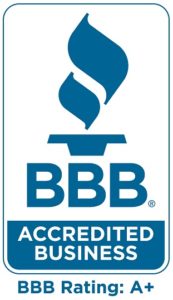While the presence of mold is natural is virtually any environment, too many mold spores can lead to health concerns and damage the structures of your property. If it has been determined that you need to have mold remediation performed at your home or business, you may be wondering if there are any steps you should take to make sure the process goes smoothly.


One of the things that can help reduce mold spores is to throw away items that have mold growth to help reduce the amount of mold in the area. The first things that will need to go are items that cannot be easily cleaned or completely cleared of mold. These items are often porous, leaving room for mold to regrow even after they have been decontaminated. Some examples include:
- Paper
- Rags
- Rotten Wood
- Carpet and Rugs
- Drapes and Curtains
- Upholstery
Carpet is especially difficult to clear of mold, especially if the carpet backing has sustained water damage. During mold remediation, it may be necessary to remove all carpet in a specific area or throughout the entire property.
The good news is that solid materials like glass, plastics, and metal can generally be cleaned during the mold remediation process and won’t need to be thrown away once they are decontaminated. This may be helpful as you determine which items will need to be thrown away or kept.
Contacting a mold remediation specialist will ensure that your home or business is properly assessed and cleared of unsafe mold levels. At ARC Insulation, we offer mold remediation solutions and will be happy to assist you with this important task. Contact us today to learn more.











